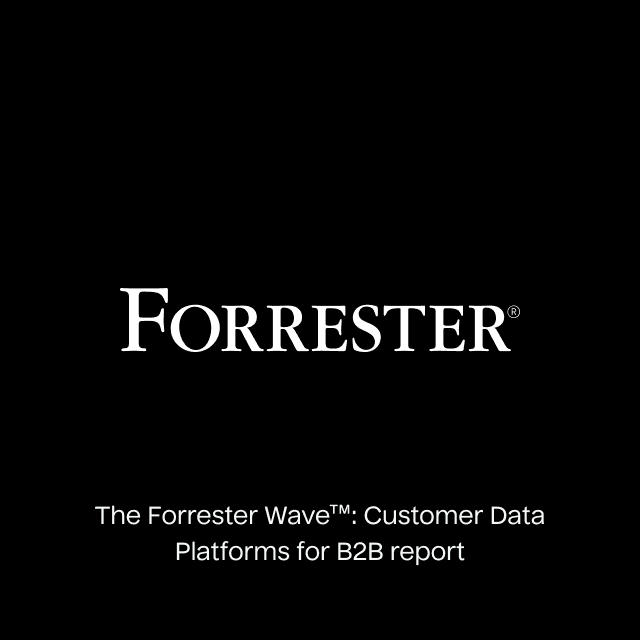Today’s customers expect a seamless experience, whether they’re browsing on a phone, shopping in-store, or engaging with a brand through email. According to recent industry data, the average consumer now interacts with more than 50 touchpoints before making a purchase, a dramatic increase from just two touchpoints 15 years ago. This shift has made omnichannel marketing not just a competitive advantage, but a necessity for brands aiming to build loyalty and drive growth.
What is omnichannel marketing
Defining omnichannel marketing
Omnichannel marketing is a strategy that delivers a unified and consistent customer experience across all channels and devices.
Whether a customer is on a mobile app, website, or in a physical store, the goal is to provide the same level of personalization and service at every touchpoint. This approach relies on integrating customer data from multiple sources to create a single, comprehensive view of each individual.
Why omnichannel matters
A unified customer profile enables brands to tailor messaging and offers based on real-time behaviors and preferences. This not only increases engagement but also builds trust and satisfaction, as customers feel recognized and valued at every stage of their journey.
Example: A customer browses a product on their laptop, receives a personalized follow-up email, and then completes the purchase in-store, all while their preferences and history are recognized and applied throughout the process.
Omnichannel vs. multichannel marketing: key differences
| Multichannel Marketing | Omnichannel Marketing | |
|---|---|---|
| Channel Focus | Utilizes multiple channels to reach and engage customers | Utilizes multiple channels to reach and engage customers |
| Channel Silo | Channels operate independently with minimal coordination | Channels are integrated and interconnected, facilitating data sharing and consistent messaging |
| Customer Experience | Customer experience may be fragmented with inconsistencies across channels | Customer experience is seamless and cohesive across channels |
| Channel Optimization | Focuses on optimizing individual channels independently | Focuses on optimizing the entire customer journey across channels |
| Personalization and Context | May have limited personalization across channels | Leverages customer data to deliver personalized experiences tailored to individual preferences and behaviors |
| Approach | May have a channel-centric approach with less emphasis on the customer experience | Puts the customer at the center, prioritizing a seamless and personalized experience across all channels |
Multichannel marketing uses several channels to reach customers, but each channel often works in isolation. This can lead to inconsistent messaging and a disjointed experience. Omnichannel marketing, on the other hand, connects all channels and data sources, ensuring that every interaction is informed by a complete understanding of the customer.

The benefits of omnichannel marketing
An omnichannel marketing approach isn’t simple to implement. It involves having a centralized data source and a method of syncing data to various marketing channels. If you can do omnichannel marketing correctly, though, it can provide you with the following benefits:
- Improved customer experience: Customers receive consistent messaging and service, no matter where or how they interact with your brand. This reduces friction and increases satisfaction, leading to higher retention rates.
- Stronger Brand Identity: A unified approach ensures that your brand’s voice, visuals, and values are consistent across all platforms, reinforcing trust and recognition
- Increased revenue: Here are three stats showing how only having a single channel and neglecting omnichannel marketing can cost you money:
- You can lose between 10% and 30% of sales if you don’t have omnichannel marketing.
- Using at least three channels can provide a 494% higher order rate.
- On average, companies with omnichannel marketing have higher customer retention rates.
- Enhanced Attribution and Insights: Centralized data collection provides a clearer picture of customer journeys, allowing marketers to identify which campaigns and touchpoints drive engagement and conversions.
- Better Personalization: With a 360-degree view of each customer, brands can deliver relevant offers and content at the right time, increasing the likelihood of conversion.
Real-world omnichannel marketing examples
Apple
Apple’s ecosystem allows users to move seamlessly between devices. Features like Continuity let customers start a task on one device and finish it on another, while maintaining a consistent brand experience across retail, digital, and support channels.
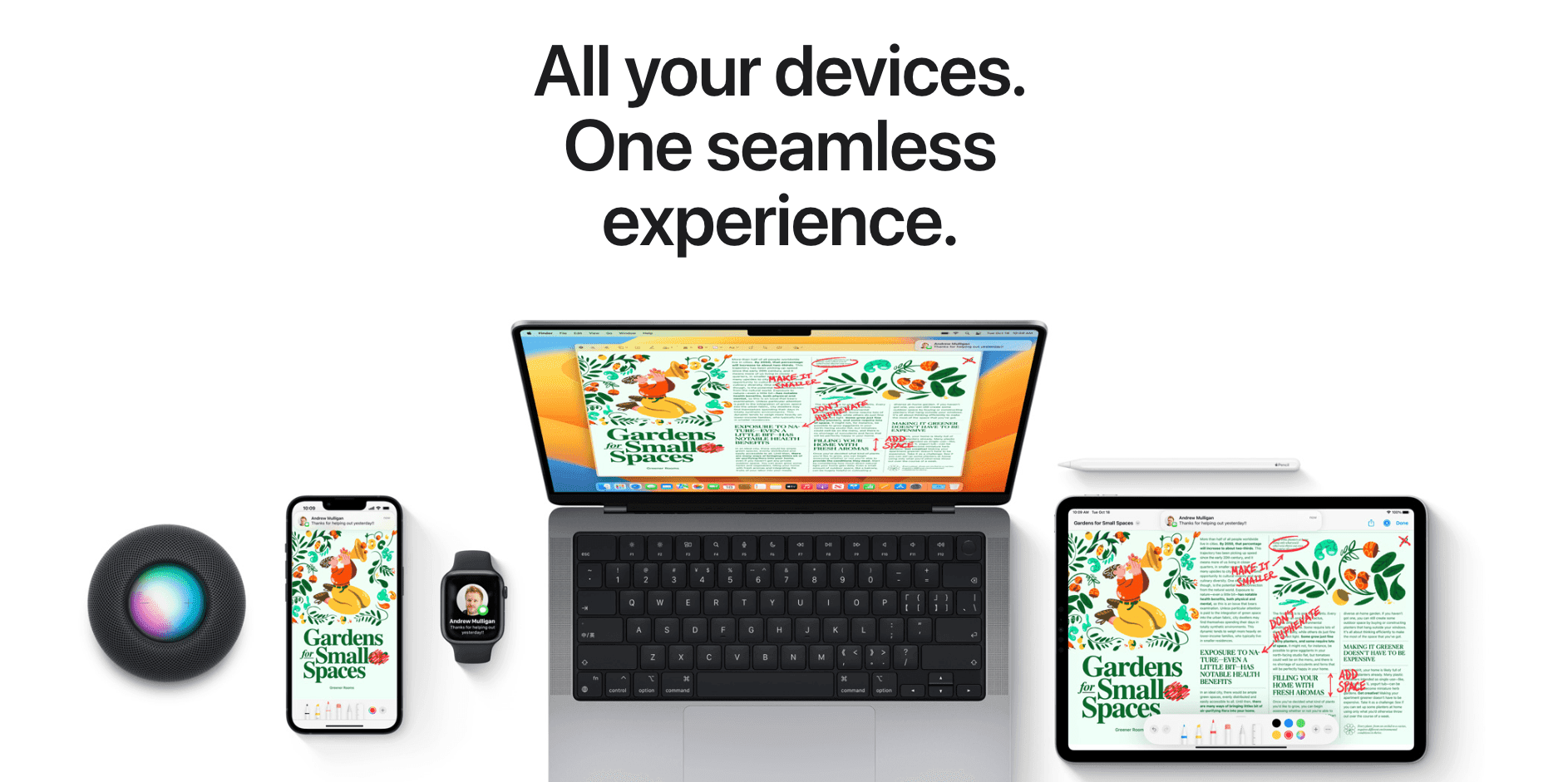
Amazon
Amazon’s Whispersync feature lets users pick up where they left off in a book or audiobook, regardless of device. The shopping experience is unified across the website, app, and physical Amazon Go stores, with consistent account information and order history.
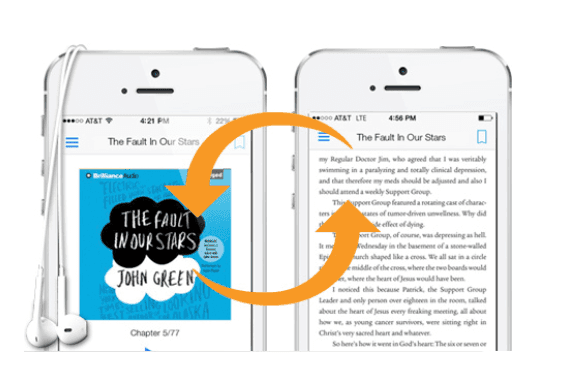
Starbucks
Customers can order, pay, and earn rewards through the Starbucks app, website, or in-store. Loyalty points and personalized offers are synchronized across all channels, making the experience smooth and rewarding.
Sephora
Sephora integrates online and in-store experiences. Customers can access their profiles, purchase history, and personalized recommendations whether shopping online or visiting a physical location.
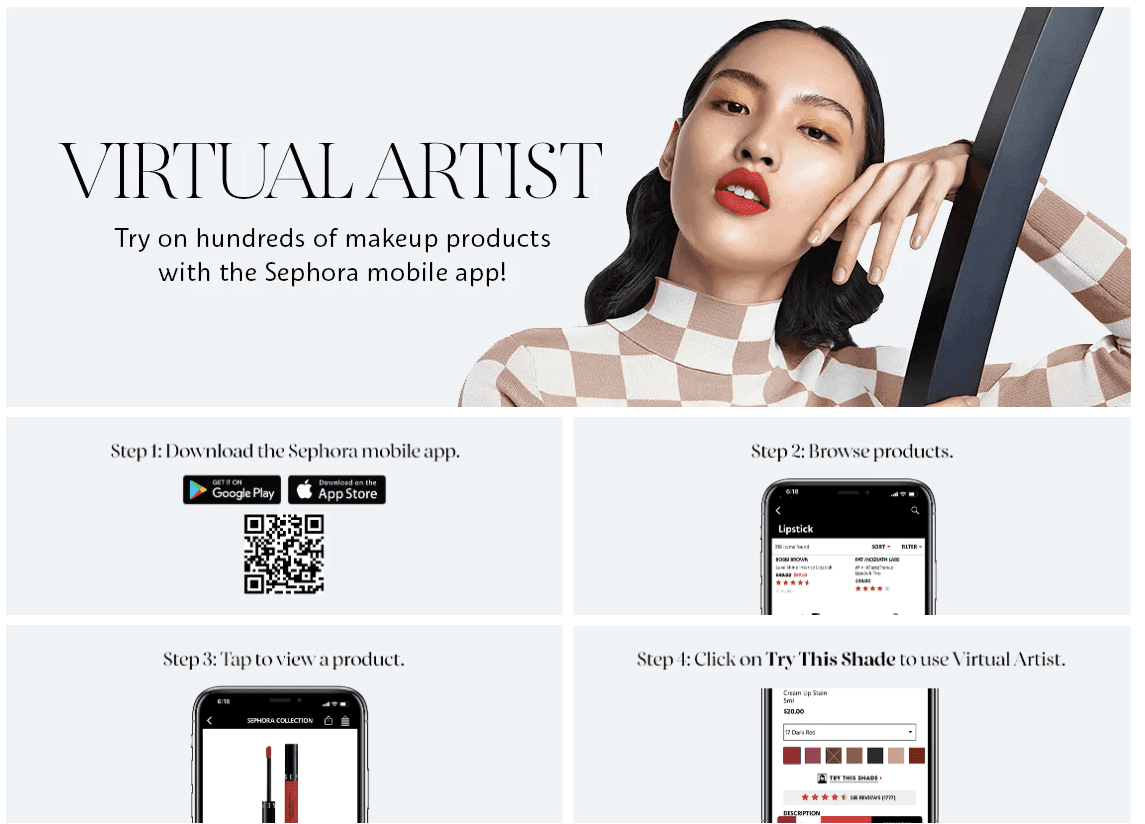
Disney
Disney’s MyMagic+ system connects theme park tickets, hotel reservations, and ride bookings through a single platform, accessible via app or wearable device. This creates a frictionless experience from planning to park entry.
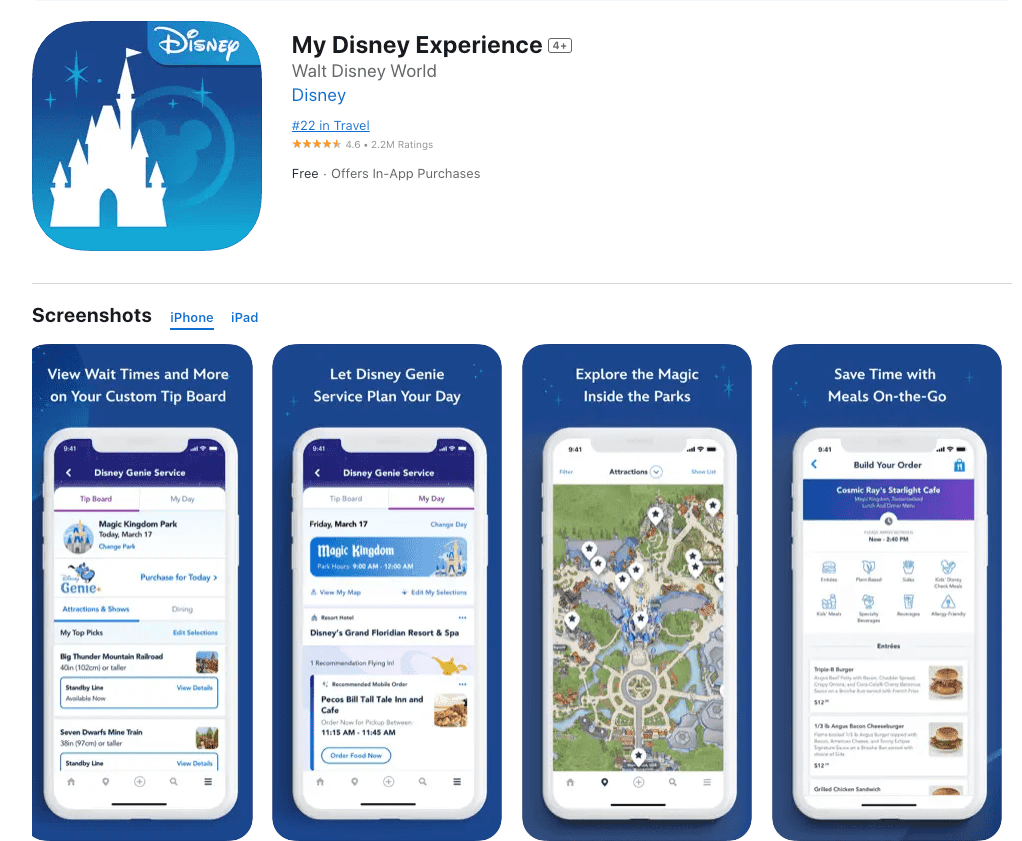
Implementing omnichannel marketing: A step-by-step approach
1. Centralize customer data
Begin by consolidating all customer data sources into a centralized platform, often your cloud data warehouse or customer data platform (CDP). This includes transactional data, behavioral data, CRM records, support interactions, email engagement, website activity, and offline purchases. The result is a unified customer profile, sometimes referred to as Customer 360, that gives marketing, sales, and service teams a consistent and comprehensive view of each customer.
2. Identity resolution
Raw data often contains fragmented identifiers, think email addresses, device IDs, phone numbers, loyalty IDs, and cookie IDs. Identity resolution links these disparate data points to a single customer profile by stitching together identifiers across systems. This process allows you to track an individual’s behaviors and preferences across devices, sessions, and channels, enabling true cross-channel personalization. Without identity resolution, customer interactions remain siloed, limiting personalization and causing disjointed experiences.
3. Activate data across channels
With centralized and resolved profiles, the next step is activating the data. Use a data activation platform or reverse ETL tool to sync enriched customer profiles from your data warehouse into your marketing, advertising, and customer engagement tools. This eliminates the need for redundant data storage and allows teams to deliver real-time personalization, dynamically adjusting offers, content, and messaging based on the most recent customer interactions. Seamless data activation ensures that every tool is operating on the same up-to-date customer view.
4. Orchestrate customer journeys
Once data is activated, you can design customer journeys that adapt based on behavior, preferences, and lifecycle stage. This orchestration enables consistent and relevant experiences across email, SMS, push notifications, paid media, and even in-person interactions, ensuring that customers receive the right message at the right time, no matter where they engage.
5. Measure and optimize
Continuously track engagement, conversion, and retention metrics across all channels to understand what’s working and where gaps exist. Use attribution models, cohort analyses, and A/B testing to evaluate performance and uncover opportunities for improvement. Feeding these insights back into your data pipeline allows you to refine messaging, offers, segmentation logic, and journey design, creating a self-improving omnichannel system that gets smarter over time.
*Step-by-step process:
- Consolidate data into a centralized platform
- Resolve identities for a unified customer view
- Sync data to all marketing channels
- Automate and personalize customer journeys
- Analyze results and iterate*
The role of AI and automation in omnichannel marketing
AI Decisioning is revolutionizing omnichannel marketing by enabling you to deliver personalized customer experiences at scale.
Key Applications:
-
Smarter Segmentation: AI agents dynamically segment audiences based on real-time behaviors and preferences, ensuring that each customer receives content tailored to their unique journey.
-
Predictive Analytics: Machine learning models forecast customer actions, allowing for proactive engagement strategies that anticipate customer needs and enhance satisfaction.
-
Autonomous AI Agents: Self-directed AI agents autonomously trigger personalized messages or offers without manual intervention, improving response times and ensuring timely, relevant interactions.
By integrating AI Decisioning into your marketing strategy, you can achieve a higher impact program that contributes more revenue and delivers a better customer experience.
Closing thoughts
Omnichannel marketing is no longer optional for brands that want to deliver consistent, personalized experiences across every device and channel. By centralizing data, resolving identities, and activating insights, companies can meet rising customer expectations and drive measurable business results. Platforms like Hightouch make it possible to orchestrate complex journeys, deploy AI-powered decisioning, and grow beyond a human scale, all without the headaches of traditional data silos.
To see how Hightouch can help you build a seamless omnichannel strategy, book a demo.














